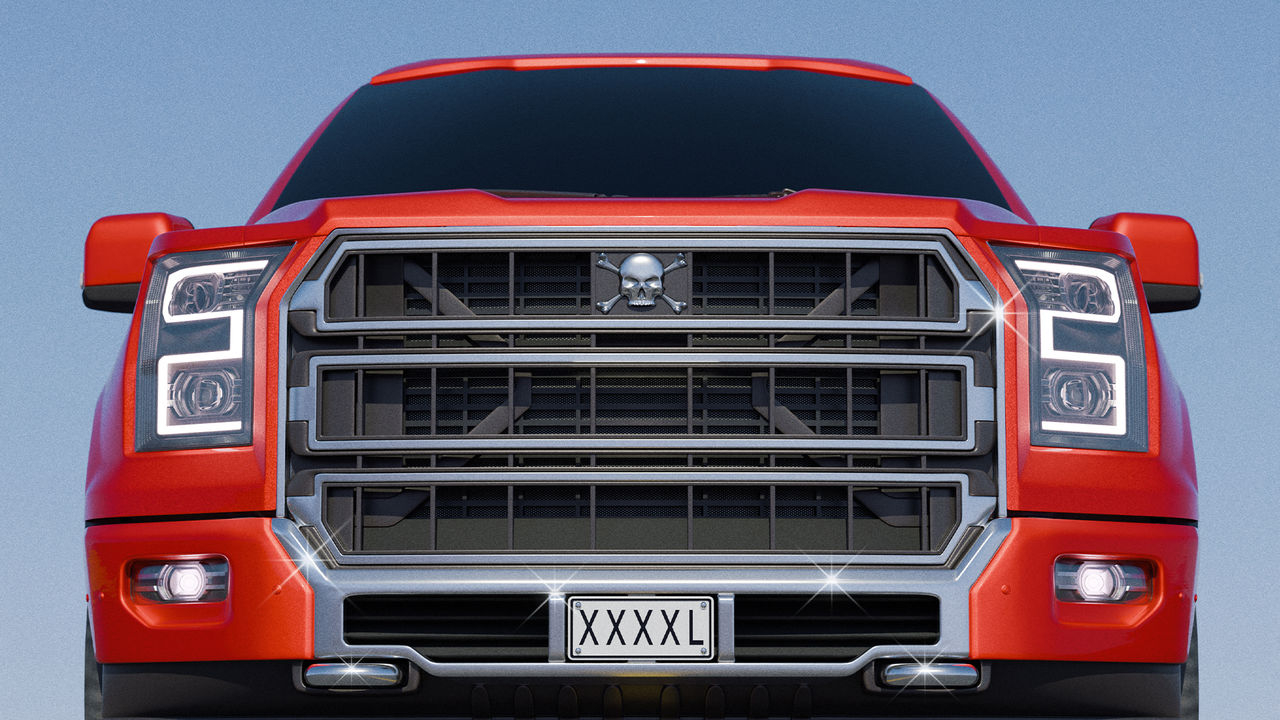THE NEXT time you are stuck in traffic, look around you. Not at the cars, but the passengers. If you are in America, the chances are that one in 75 of them will be killed by a car—most of those by someone else’s car. Wherever you may be, the folk cocooned in a giant SUV or pickup truck are likelier to survive a collision with another vehicle. But the weight of their machines has a cost, because it makes the roads more dangerous for everyone else. The Economist has found that, for every life the heaviest 1% of SUVs or trucks saves in America, more than a dozen lives are lost in smaller vehicles. This makes traffic jams an ethics class on wheels.
Each year cars kill roughly 40,000 people in America—and not just because it is a big place where people love to drive. The country’s roads are nearly twice as dangerous per mile driven as those in the rest of the rich world. Deaths there involving cars have increased over the past decade, despite the introduction of technology meant to make driving safer.
Weight is to blame. Using data for 7.5m crashes in 14 American states in 2013-23, we found that for every 10,000 crashes the heaviest vehicles kill 37 people in the other car, compared with 5.7 for cars of a median weight and just 2.6 for the lightest. The situation is getting worse. In 2023, 31% of new cars in America weighed over 5,000lb (2.27 tonnes), compared with 22% in 2018. The number of pedestrians killed by cars has almost doubled since 2010. Although a typical car is 25% lighter in Europe and 40% lighter in Japan, electrification will add weight there too, exacerbating the gap between the heaviest vehicles and the lightest.
Archive



As an EV fan, I’d want a closer look at how dangerous vehicle weight really is. Historically more weight correlates with trucks, with poor visibility, higher hoods, misaligned bumpers and lights, poor handling. However EVs tend to be heavy, but with better handling and visibility , aligned bumpers and lights, normal hoods, and advanced safety features. It’s quite possible that using weight here is a proxy for larger vehicles
Once EVs become popular many of their designs will mimic what we see today with trucks and SUVs. We need regulation specifically for bumper shapes and hood heights. This can help enforce better visibility and improve crash outcomes as lower, curved out hoods push people away or over the car. The current flat and tall hoods on trucks push people under the car.
Except that,
E = 1/2 m v^2. You can’t get rid of thatm. All else being equal, lethality scales linearly with vehicle weight. The safety features that exist are still for the occupants; there are crumple zones for decelerating another vehicle hitting head on, not foam padding for protecting pedestrians. Some features of trucks are extra bad for impacts, but a heavy EV is going to be worse than the same frame with less mass.Sure, I never said weight wasn’t a factor but I’m not convinced it’s much of a factor.
Aside from excesses like the monstrosity of an Hummer EV, I’ve read that EVs are typically 20% heavier than a corresponding ICE car. So, any collision is with a vehicle 20% heavier.
However that EV also
You’re assuming weight is the only variable and all else remains the same. It doesn’t.
By far the most common EV sold in the US is a Tesla Model Y. While I suppose you could call it an SUV, it has a normal car hood and forward visibility. It also has far better braking than any other car I’ve owned, while also having far better collision avoidance.
The second most common EV sold in the US is Tesla Model 3, which is a car and similar but better in all of the above.
The third most popular EV in the US is also a car
Tesla has notoriously bad rear visibility. And just being a larger vehicle means more blind spots no matter how many cameras/sensors are used to compensate. I’ve unfortunately been a passenger enough times to know Tesla’s collision avoidance stuff doesn’t work at all.
The statista link isn’t publicly readable, but other sources say Mustang-ev is #3. Ford calls it an SUV. Long-term, the Administration is subsidizing 1-for-1 replacement of the fleet with EV equivalent – so expect much more SUV/truck in the EV sector if they get their way.